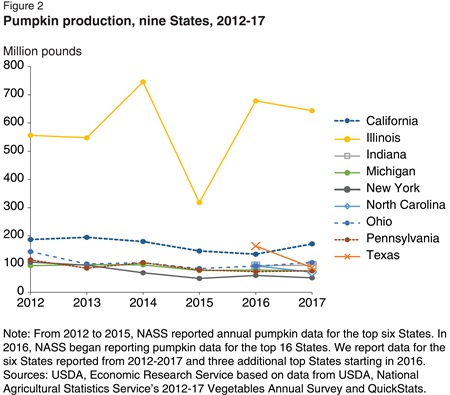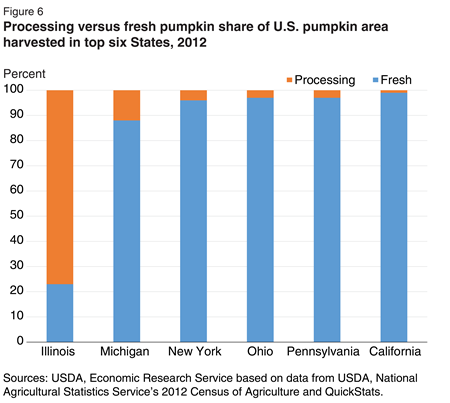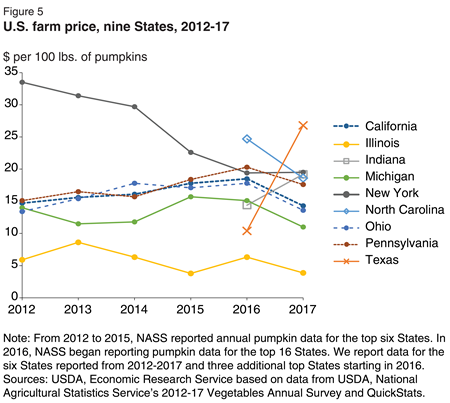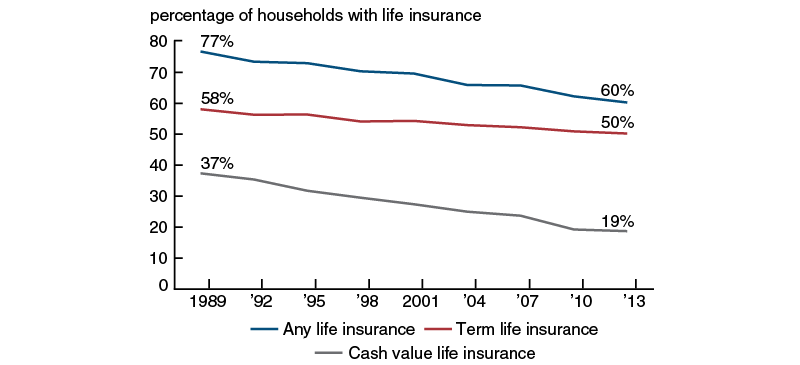Between September 2010 and January 2012, a total of 2,282 families (including over 5,000 children) were enrolled into the study from emergency shelters across twelve communities nationwide and were randomly assigned to one of four interventions: 1) subsidy-only – defined as a permanent housing subsidy with no supportive services attached, typically delivered in the form of a Housing Choice Voucher (HCV); 2) project-based transitional housing – defined as temporary housing for up to 24 months with an intensive package of supportive services offered on-site; 3) community-based rapid re-housing – defined as temporary rental assistance, potentially renewable for up to 18 months with limited, housing-focused services; or 4) usual care – defined as any housing or services that a family accesses in the absence of immediate referral to the other interventions. Families were followed for three years following random assignment, with extensive surveys of families conducted at baseline and again approximately 20 and 37 months after random assignment.The results are discussed in a symposium of 15 short commentaries appearing in Cityscapes (2017, 19:3), a journal published online by the US Department of Housing and Urban Development. Here are some comments from the introduction to the symposium written by Anne Fletcher and Michelle Wood, "Next Steps for the Family Options Study."
"Family homelessness is dynamic, with families moving in and out of homeless assistance programs every day. Throughout the year in 2015, nearly 155,000 families with children, representing more than 500,000 adults and children, accessed the homeless assistance system (Solari et al., 2016). Over the years, divergent theories about the cause(s) of family homelessness have led to the rise of different types of interventions designed to address the problem. One theory holds that, whatever other challenges a family may face, homelessness is purely an economic problem—housing costs surpass the incomes of poor families—and housing assistance alone can resolve it. Another theory posits that, whereas housing assistance is indeed crucial, family homelessness is the result of other challenges (such as child welfare engagement, mental health or substance abuse challenges, or unemployment), which must be addressed in order to end families’ homelessness. In addition to these two broad theories on the causes of homelessness, evidence that at least some families experiencing homelessness will eventually secure housing without assistance has led to two schools of thought on appropriate policy, with some arguing that the need for access to assistance is permanent, and others arguing that it need be only temporary. ...Some caveats are in order. This study is focused on homeless families with children, not on homelessness affecting single adults. I am not aware of a specific cost-benefit study of these results, comparing how much the long-term rent subsidies cost, compared both with the level of public services typically used by families in homelessness and the additional benefits of this approach. But the evidence certainly suggests that it would make sense to transfer some of the current resources being used to assist homeless families into straightforward rent subsidies.
"The results of the Family Options Study offer striking evidence of the power of offering a long-term rent subsidy to a homeless family in shelter, substantially increasing housing stability and yielding benefits across a number of important domains, including reductions in residential moves, child separations, adult psychological distress, experiences of intimate partner violence, food insecurity, and school mobility among children, although those benefits were accompanied by reductions in work effort. These findings provide support for the notion that family homelessness is largely an economic issue, and that, by solving the economic issue, families experience additional benefits that extend beyond housing stability. Equally notable is the fact that these significant benefits that accrued to the families offered a long-term rent subsidy were achieved at a comparable cost to other interventions tested, which offered few positive outcomes for families in any domain. ...
"The study findings suggest that families who experience homelessness can successfully use and retain housing vouchers, and that by doing so families experience significant benefits in a number of important domains. Importantly, the study also demonstrates a compelling set of positive outcomes that directly benefit the children in families offered a long-term rent subsidy, including reductions in child separations (observed at 20 months); psychological distress of the family head (observed at both time points); economic stress (observed at both time points); intimate partner violence (observed at both time points); school mobility (observed at both time points); behavior problems and sleep problems of children (observed at 37 months); and food insecurity (observed at both time points). ... The striking impacts ... provide support for the view that, for most families, homelessness is a housing affordability problem that can be remedied with long-term housing subsidies without specialized services."
For some earlier discussions of homelessness on this blog, see
- "A Decline in Homelessness" (December 10, 2013)
- "Homelessness in America: A Slow Decline" (December 4, 2015)
















